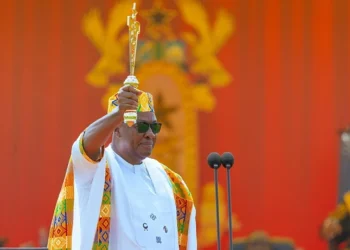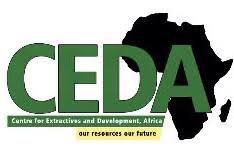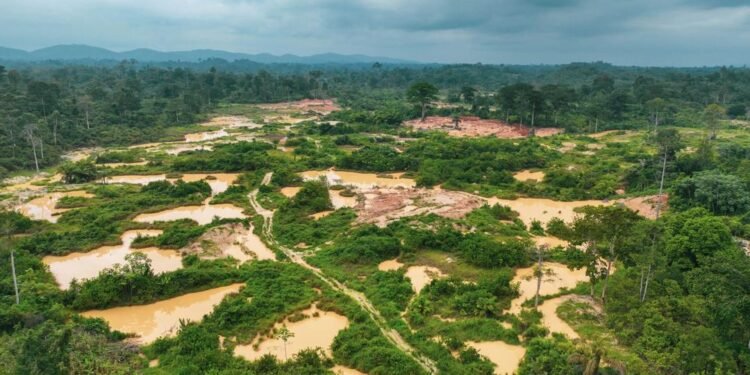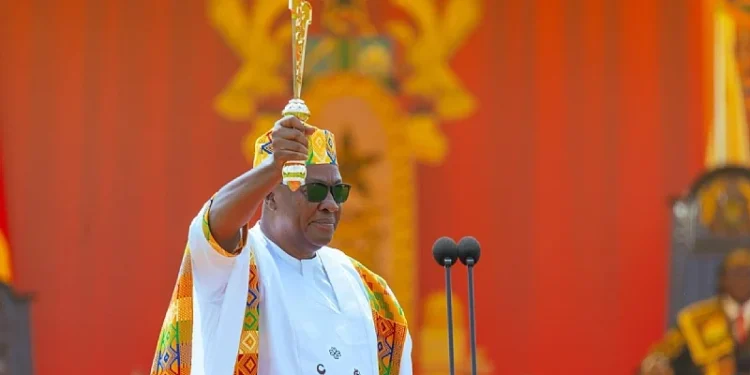The World Bank has offered a cautiously optimistic outlook for Ghana’s economy, revising its 2024 growth forecast upward to 4% due to strong economic activity in the first half of the year.
However, this growth is tempered by tight fiscal and monetary policies, elevated interest rates, and recent droughts impacting agriculture. The growth projection showcases Ghana’s resilience and the careful balancing of economic challenges.
“Assuming government emergency responses mitigate some losses from the dry spell, medium-term growth is expected to strengthen, reaching around 5% by 2026, driven by improvements in agriculture, services, and extractive industries, including small-scale gold mining and new oil reserves.”
World Bank Report
Nonetheless, the forecast is accompanied by warnings about socioeconomic concerns and significant obstacles.
Fiscal Restructuring: A Mixed Landscape of Prospects and Pressures
One prominent point in the report is the government’s progress toward reducing the fiscal deficit, projected to be 4.2% of GDP in 2024. This improvement is attributed to higher nominal GDP adjustments and ongoing fiscal consolidation measures, including efforts to widen the tax base, ensure tax compliance, and digitalize revenue collection.
Plans to amend the Fiscal Responsibility Act and form a Fiscal Council illustrate a focus on improving fiscal discipline and stability. However, the success of these initiatives according to the World Bank depends on actual reforms and alignment with Ghana’s IMF-supported economic agenda.
Despite these efforts, Ghana’s fiscal environment remains under pressure due to high domestic financing demands and currency fluctuations. Additionally, potential policy shifts tied to the upcoming 2024 elections raise concerns.
Poverty: A Stark Indicator of Growth Disparities
A troubling aspect of the report is the expected rise in poverty, which suggests that economic growth alone may not bridge Ghana’s deep economic inequalities. The World Bank in its lates report noted that by 2025, poverty rates are anticipated to peak at 31.5% and marginally fall to 30.6% by 2026.
According to the World Bank, the percentage of people living below the lower-middle-income country (LMIC) line could rise to about 55.1% by 2026. This trend points to a fundamental issue in Ghana’s economic model, where inflation, stagnant wages, and limited economic opportunities diminish the purchasing power of the poorest citizens.
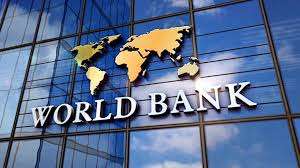
The agricultural sector, a major source of employment for low-income groups, suffers from poor productivity and adverse weather. Similarly, restricted service sector growth narrows income potential for many, hindering poverty reduction that a more inclusive strategy could achieve.
A Complex Web of Risks: From Climate to Global Markets
The report highlights major risks that could derail Ghana’s recovery and growth trajectory. Climate change poses an immediate risk, with droughts and environmental challenges impacting agricultural output.
Again, Ghana’s reliance on commodity exports makes it vulnerable to global price shifts, while volatile exchange rates add complexity to import costs. Dependence on domestic borrowing to bridge fiscal gaps compounds the nation’s debt issues.
Additionally, the energy sector vulnerabilities, such as potential power shortages, pose additional risks to industrial productivity and household well-being. The World Bank also noted that delays or resistance to IMF-mandated reforms could weaken international creditors’ trust, hindering debt restructuring efforts and overall macroeconomic stability.
The report underscored that while Ghana’s economy has potential for growth, structural transformation is crucial. Fiscal responsibility measures and an expanded tax base are positive steps, but urgent action is needed to implement inclusive policies that address poverty, inflation, and wage stagnation.
True economic recovery requires a strategy that not only fosters GDP growth but also improves living conditions for those at or below the poverty line.
READ ALSO: Ghana to Hosts Africa Oil Week 2025




